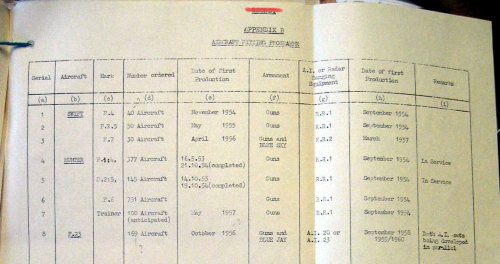- Joined
- 15 July 2007
- Messages
- 4,877
- Reaction score
- 4,527
I'd try to read the ECKO site and their description.
Try this page for what I'm on about.
http://ekco-radar.co.uk/kensims/bluesky06.php
The set did produce a pencil beam for guiding the beam rider, in the basic setup they trialed it was fixed to the aircraft axis, and the pilot had to keep the target dead ahead while the missile was in flight.
Presumably the full weapon system would have some mechanism for keeping the beam on target even if it veered away from the fighters axis?
Try this page for what I'm on about.
http://ekco-radar.co.uk/kensims/bluesky06.php
The set did produce a pencil beam for guiding the beam rider, in the basic setup they trialed it was fixed to the aircraft axis, and the pilot had to keep the target dead ahead while the missile was in flight.
Presumably the full weapon system would have some mechanism for keeping the beam on target even if it veered away from the fighters axis?












